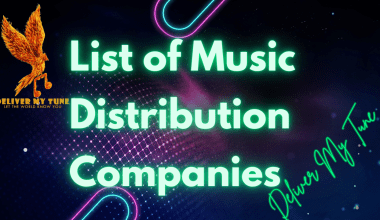Automatic Content Recognition (ACR) technology is rapidly transforming how consumers interact with media across multiple platforms. This technology allows devices and applications to recognize content being played on a digital medium automatically. This comprehensive guide delves into the workings of ACR, its applications, and the profound impact it has on media consumption and advertising.
What is Automatic Content Recognition (ACR)?
Automatic Content Recognition is an innovative technology that identifies content played on an electronic device using various methods such as audio sampling, digital watermarking, or fingerprinting. ACR technology is widely used in smart TVs, streaming devices, and mobile apps to enhance viewing experiences, provide personalized content recommendations, and enable targeted advertising.
The Functioning of ACR
ACR systems work by capturing a snippet of audio or video data and comparing it with a vast database of media to find a match. This process involves:
Audio Matching: Capturing audio fingerprints and matching them with known fingerprints in a database.
Video Matching: Analyzing video frames or watermarks to identify the content.
Data Analysis: Utilizing the metadata associated with the identified content for various applications.
Applications of ACR Technology
Enhanced Viewer Engagement
ACR technology in smart TVs and streaming apps can recognize the content being watched and provide viewers with enhanced interactive features such as:
- Content-specific Information: Details about actors, music, and trivia related to the show or movie.
- Personalized Recommendations: Suggesting similar shows or movies based on the viewer’s current selections.
Targeted Advertising
One of the most significant applications of ACR is in targeted advertising. By understanding what content is being consumed, advertisers can deliver more relevant ads to viewers, thereby increasing the effectiveness of ad campaigns.
Media Measurement and Analytics
ACR helps broadcasters and content providers gain detailed insights into viewer habits and preferences, which is crucial for content strategy and distribution decisions.
The Benefits of Using ACR
Personalization
ACR technology allows for a high degree of personalization in content delivery, which enhances user satisfaction and engagement by providing content that is more aligned with individual preferences.
Monetization Opportunities
For content creators and advertisers, ACR opens up new avenues for monetization through targeted advertising and interactive services.
Improved Content Discovery
ACR makes it easier for users to discover new content that matches their interests, based on their viewing history and preferences.
Challenges and Considerations of ACR
Privacy Concerns
The capability of ACR to track viewer habits raises significant privacy issues. It is crucial for companies using ACR to maintain transparency about their data collection methods and ensure compliance with data protection laws.
Technical Challenges
Implementing ACR involves overcoming various technical hurdles, including handling vast amounts of data and ensuring the accuracy and speed of content recognition.
Legal and Ethical Issues
The use of ACR technology must navigate complex copyright issues, especially concerning data usage and user consent.
The Future of ACR
Looking ahead, the potential of ACR technology is vast. Innovations in AI and machine learning could enhance the accuracy and applications of ACR, making it even more integral to digital media consumption. The integration of ACR with emerging technologies like augmented reality (AR) and virtual reality (VR) could redefine interactive media experiences.
Conclusion
Automatic Content Recognition is reshaping the landscape of digital media interaction, offering enhanced personalization, innovative monetization strategies, and improved content discovery. As this technology evolves, it will continue to transform how consumers interact with media, offering more immersive and personalized experiences. Understanding and leveraging ACR effectively will be crucial for content creators, broadcasters, and advertisers aiming to succeed in an increasingly competitive digital environment.
For further reading, explore these articles:
- How Music Royalties are Calculated by Platforms?
- Deliver My Tune’s Service: Latest & Updated
- Why Distributing Your Music Through Multiple Aggregators Can Be Problematic?
For additional resources on music marketing and distribution, visit Deliver My Tune.






